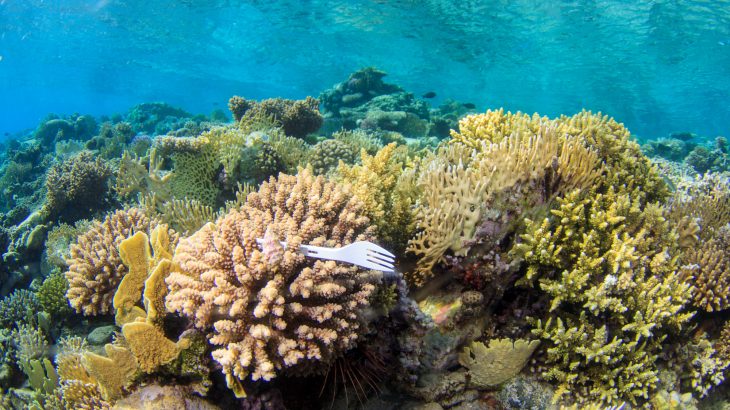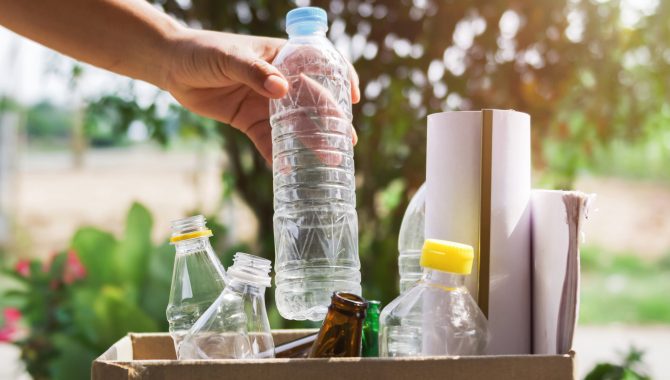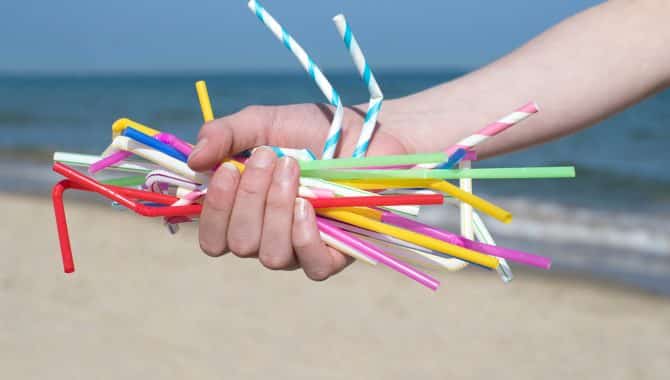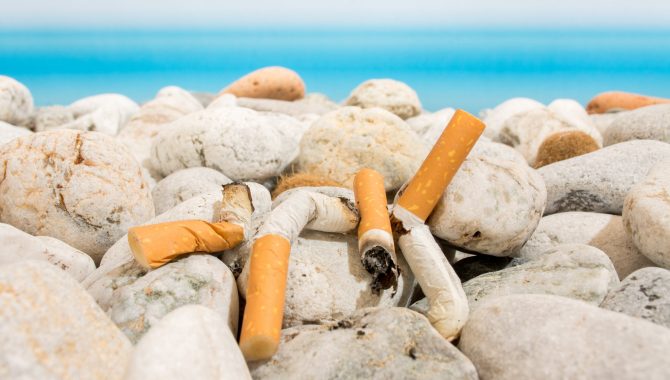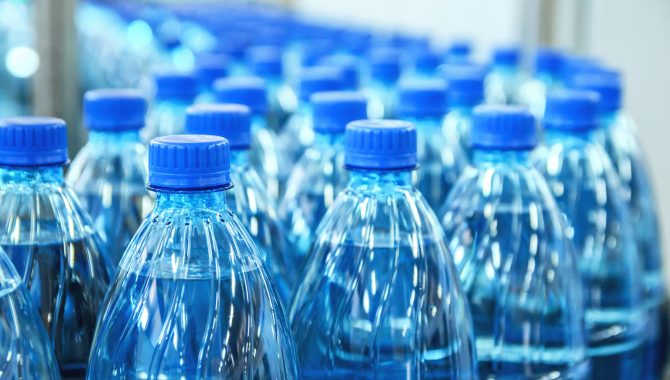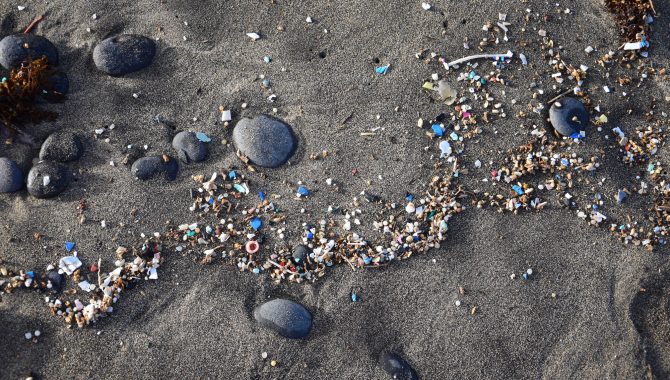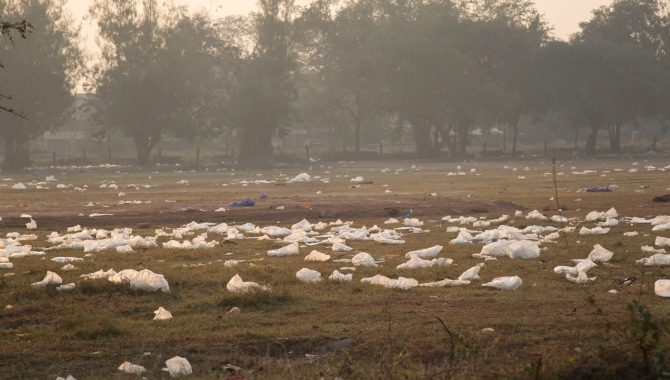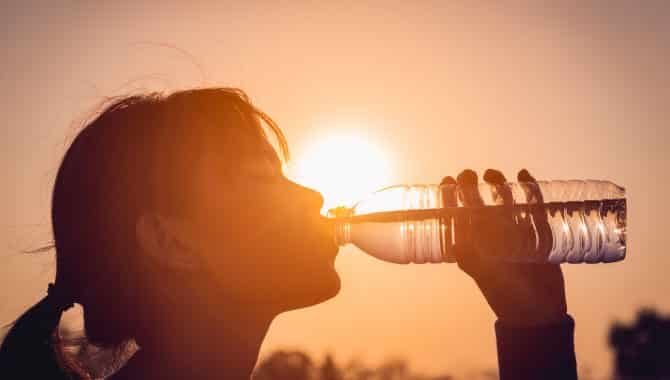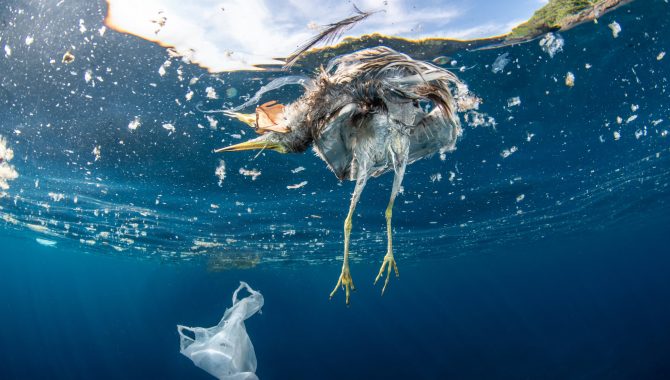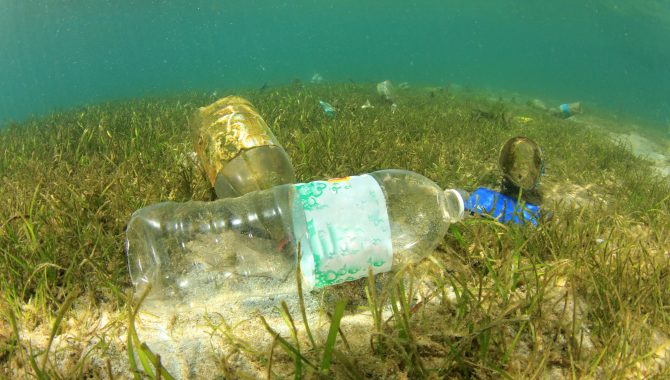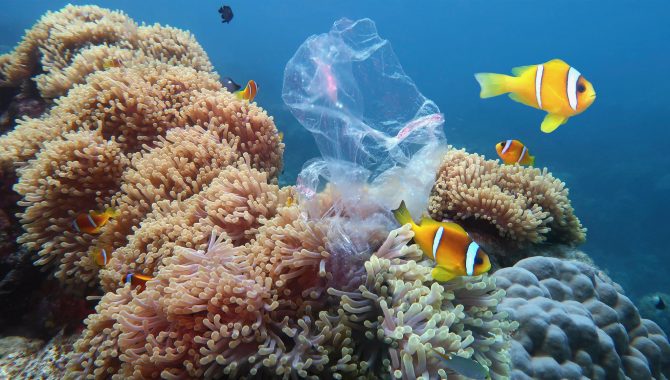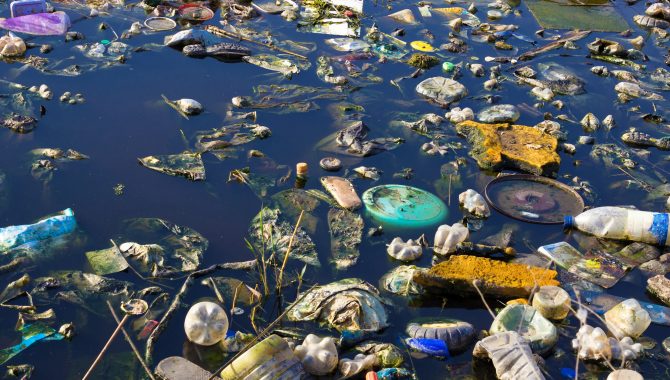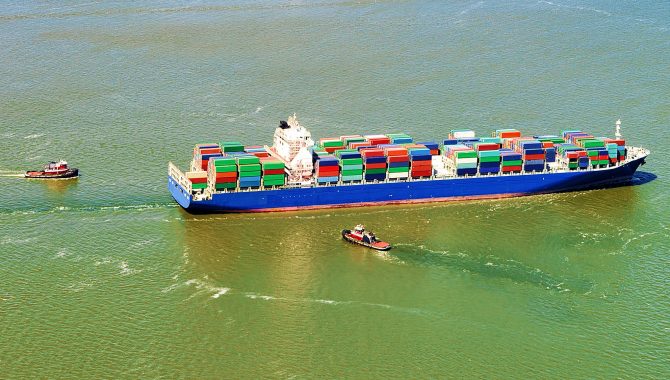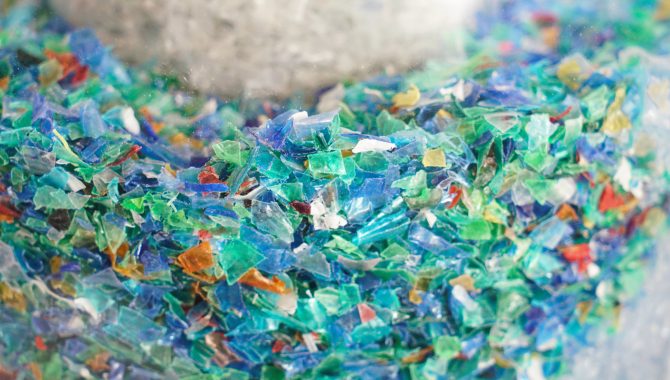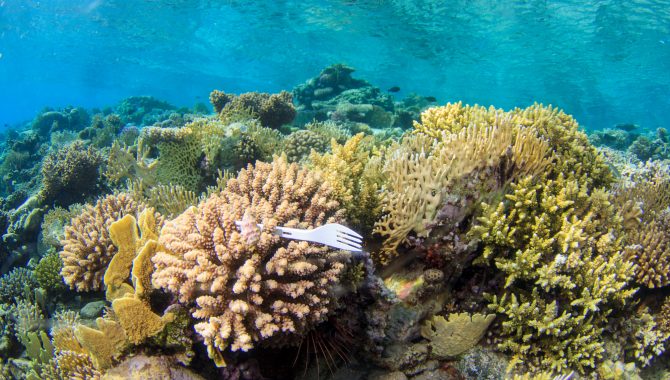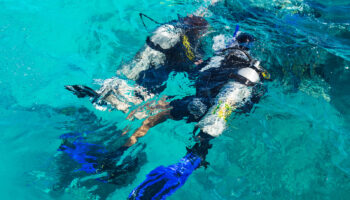People can argue all they want over politics, climate change and Game of Thrones, but one thing no one is arguing over is the plastic polluting our life-giving oceans—at least not after they read these facts. Rather than let this list depress you and make you feel powerless, use it as motivation to go plastic-free wherever possible in your life and set an examples for others to do the same.
Plastic pollution is a big problem that won’t get solved by blame shifting. It requires a massive response from each and every person on earth—changing their buying habits, behavior and even going out of their way to avoid plastic conveniences like plastic bags and water bottles, whether it’s paying a little more or changing where they shop.
*Warning: Graphic Images*
